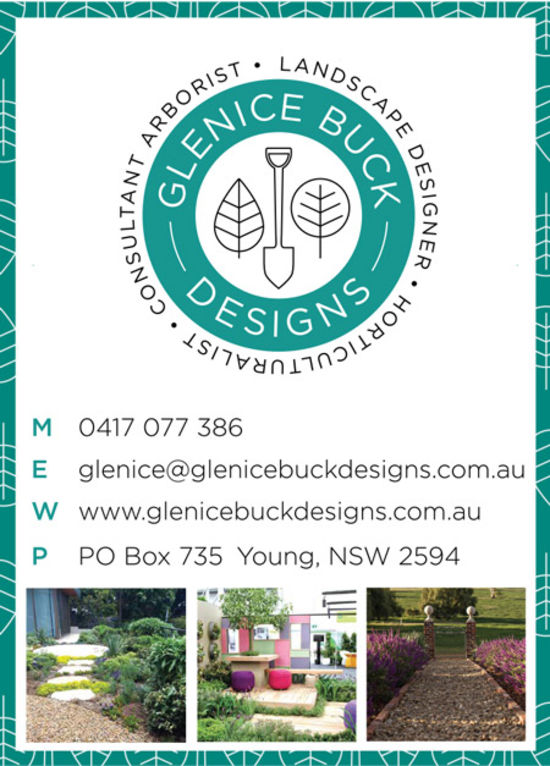At present with the world situation, more than ever home-grown food is even more important. Over the coming weeks, I will be bringing to you a comprehensive guide to growing your own edible garden. Whether you have a large vegetable garden, a group of planters on a veranda or a few spaces within existing garden beds, you can at least grow some of your own food.
Don’t get discouraged if you think you don’t have the space or the resources. There are plants suitable for every location and budget. I will have to warn you that once you start producing your own fruit, vegetables or herbs it does become quite addictive so be warned this may become your lifetime passion. I have to say personally it is a very relaxing activity to go outside and weed the veggie garden or even better, pick your home-grown food or flowers.
If you already have a veggie patch, then the hard work of construction and deciding on a location is basically done. At this time of year, all the Summer vegetable crops are starting to come to the end of their cropping season so you need to sacrifice or pick what is left and start preparing the garden for the winter crops. See below for more information on moving from warm to cool season crops.
I will break down the upcoming articles in the edible garden series into separate steps so each week you can look at doing the next stage of your veggie garden. If you would like to read the total Edible Garden Series in one go, you can subscribe to my free newsletter by going to www.tinyletter.com/glenicebuckdesigns or email glenice@glenicebuckdesigns.com.au or phone or text me on 0417 077 386.
Step 1 - Location
Pick the spot that provides the most ideal conditions.
Finding the right spot for your edible plants can sometimes be a bit of trial and error, however in general most vegetables will require about six hours of good direct sunlight for them to crop well. There are a few exceptions to this rule but in general six hours is the key. You can modify nearly everything else in gardening but you can’t modify or increase the amount of sunshine an area will receive unless you get into grow lights etc which is a whole other topic.
Ideally if you are going to grow vegetables in the ground, in pots or planters, you will need to also have a fairly flat area with no great slopes. If you are going to construct your own above ground beds, you will have a little bit more flexibility as you can build the beds to adapt to a slope. The other issue to think about is that you will be spending a fair amount of time in this space, so you need to ask yourself:
- Is it easy to bend over the beds and weed?
- Is the ground surface cover easy to walk and stand on?
- Can you access the areas easily with a wheel barrow?
You also need to ask yourself:
- Can you get water in the area?
- Is there a tap close by?
- Do I need to get a longer hose?
- Do I need another water tank?
- Is it easy to access in all weather conditions?
So often people build their vegetable gardens at the very back of the block in the furthest location away from the house, but it will end up being one of the most visited parts of the garden so I don’t see any reason why it can’t be close to the house. Also, if it is close to the house, it is an area you will see regularly so this will encourage you to use it, maintain it as well as it saves you time and energy if it’s close by.
Step 2 – The design or layout of your patch
creating an edible garden part2
If you would like to read the total Edible Garden Series in one go you can subscribe to my free newsletter by going to www.tinyletter.com/glenicebuckdesigns or email glenice@glenicebuckdesigns.com.au or phone or text me on 0417 077 386.
Stay Connected
Subscribe
Get in Contact
Hilltops News to your inbox
Sign up now for the latest news from the Hilltops Area direct to your inbox.


